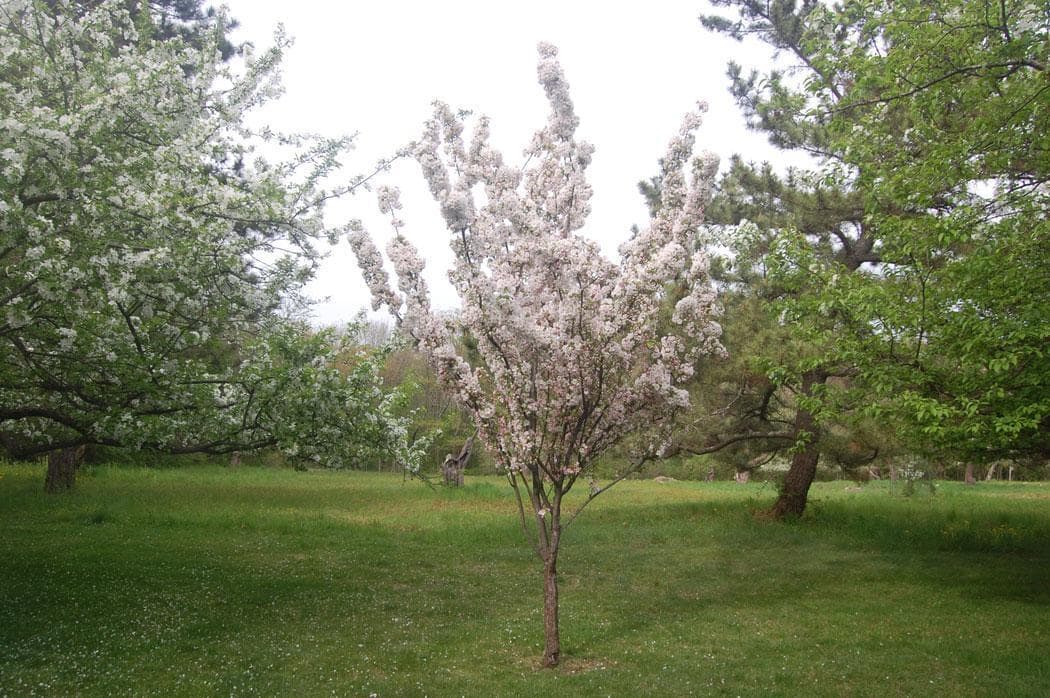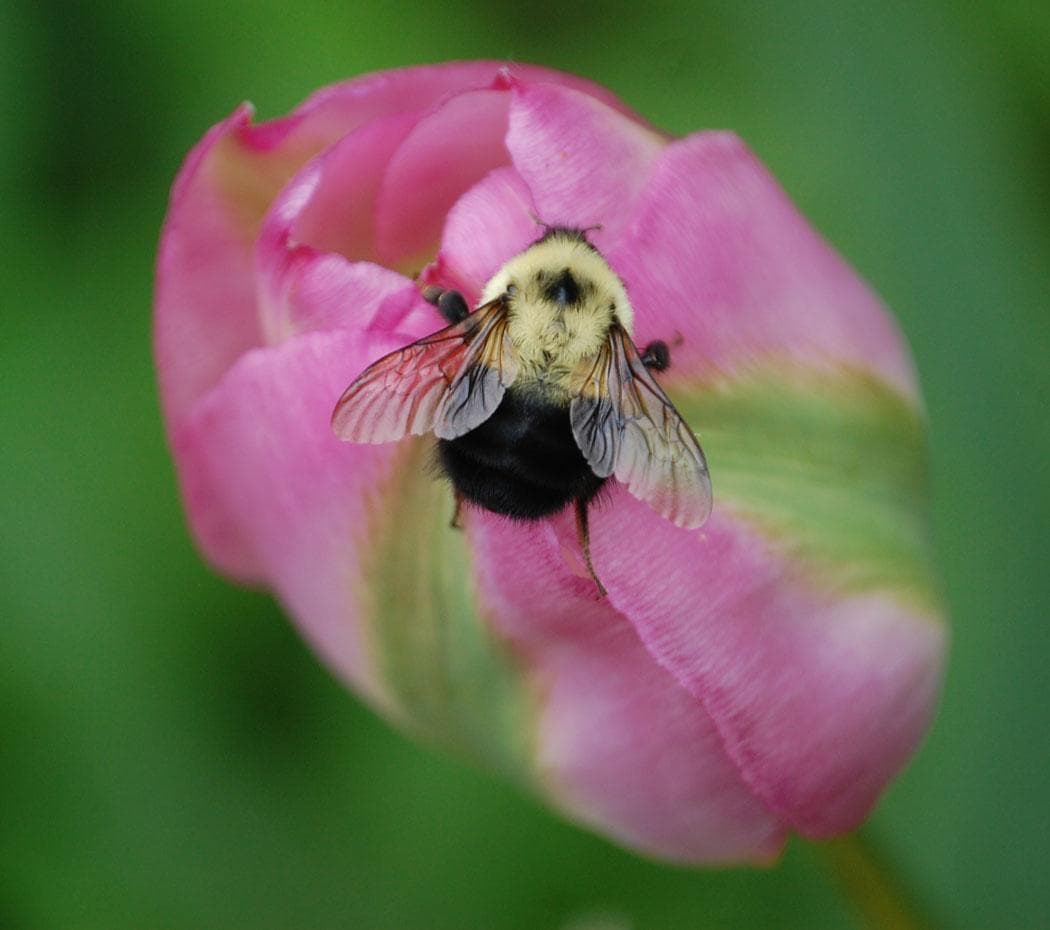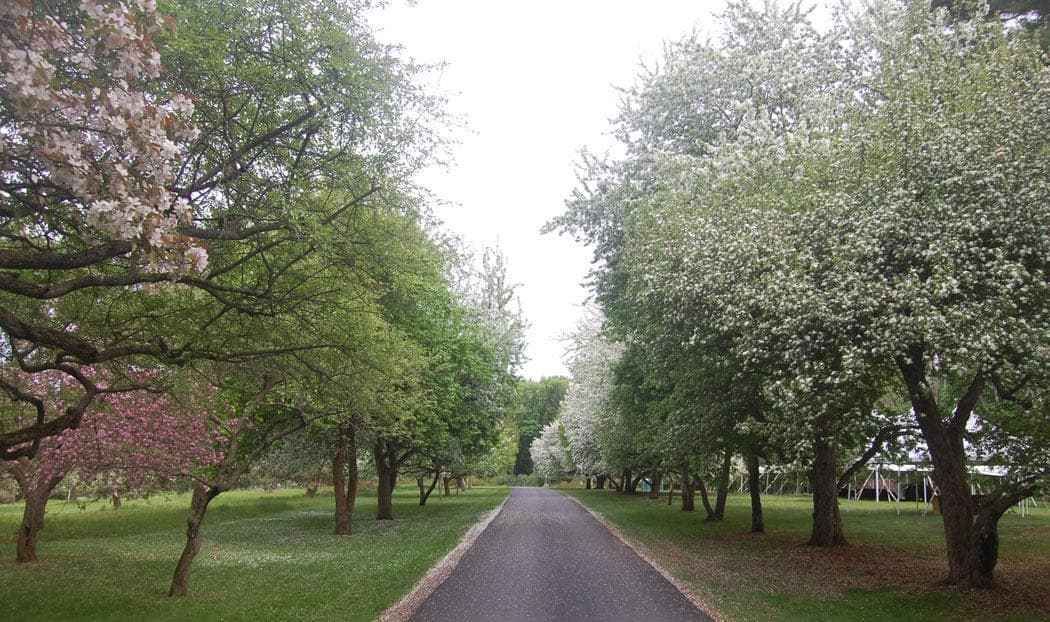Advertisement
At Long Hill In Beverly Discover One Of The Most Beautiful Gardens In The Region
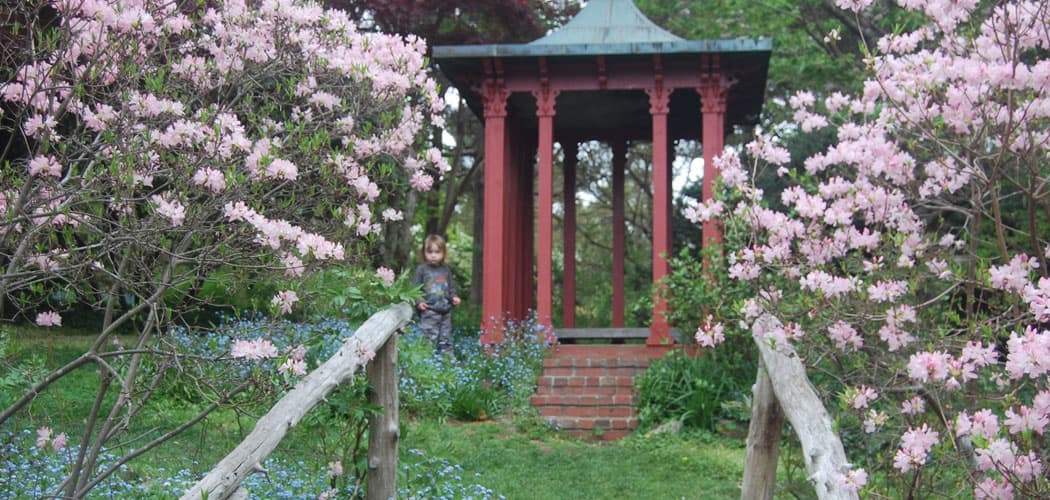
In 1917, Ellery and Mabel Cabot Sedgwick moved from Boston into their new summer place, a farmhouse on a 114-acre property in Beverly that they’d bought the year before. Mrs. Sedgwick, a horticulturist and author of the book, “The Garden Month by Month,” set about carefully transforming the open pastures, woods and wetlands of the former farm into a country estate blooming with flowers, but maintaining a lingering air of wildness.
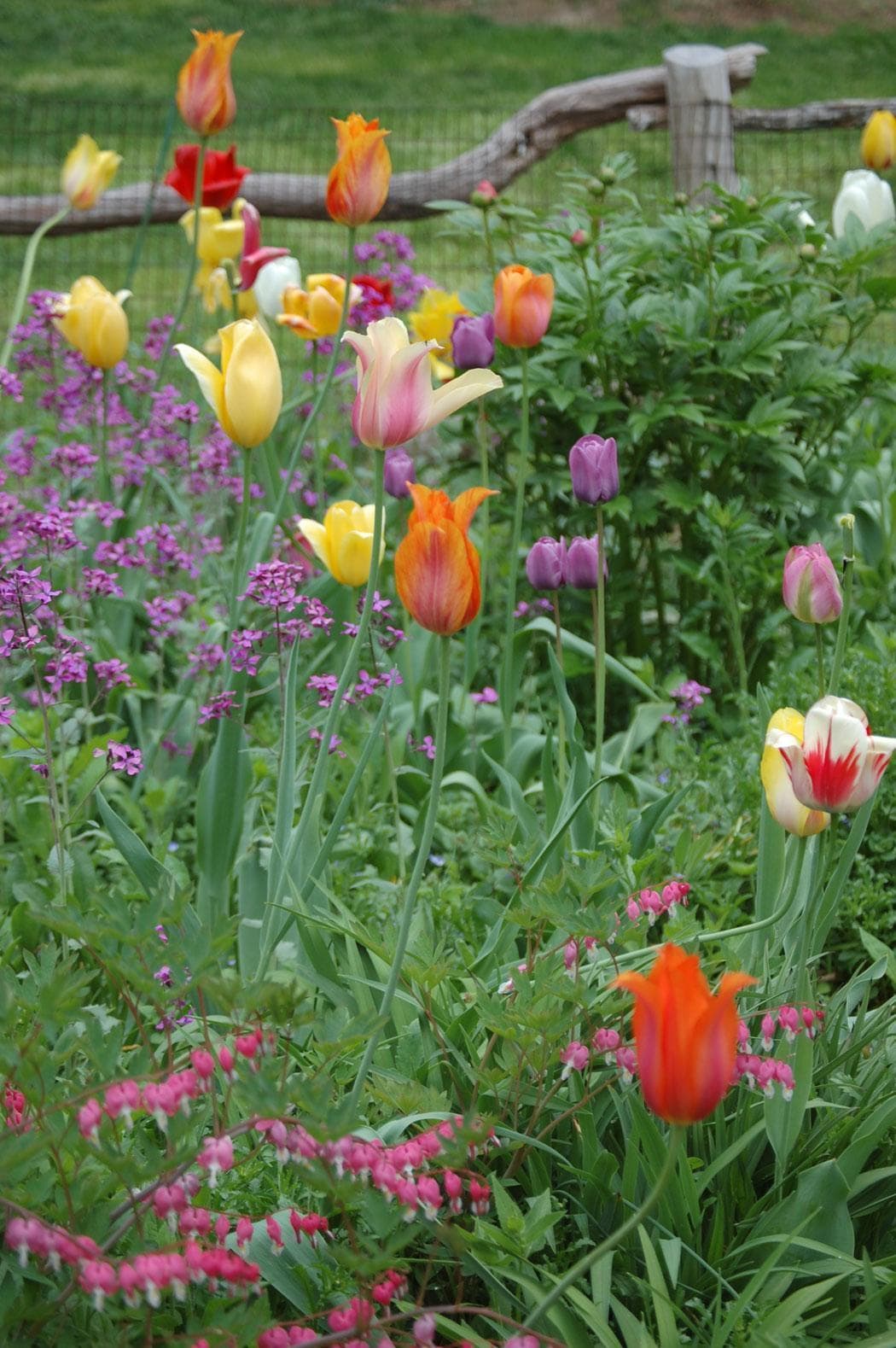
Long Hill, as it came to be known, is now owned by The Trustees of the Reservations, a preservationist nonprofit, and open for visits at no charge. It’s one of the most beautiful gardens open to the public in the region.
“They designed it right in the forest,” says Dan Bouchard, Long Hill's superintendent and horticulturalist, who has for two decades worked the property at 572 Essex St., just a mile and a half northeast of exit 18 on Route 128. “It was just pasture, stone walls. All those eastern red cedars—tall evergreens—scattered throughout the garden, they left those. They were native to the landscape. They designed the garden around the cedars.”
Atop a long glacial hill called a drumlin that offers views across the surrounding forest, Mabel Sedgwick planted a dramatic copper beech. “There’s old folklore that they planted two trees in the same hole and then they grafted themselves together,” Bouchard says. The twin trunks seem to hug. The tree became a landmark in front of the house they built in the early 1920s in the federal style of pre Civil War South Carolina—including woodwork salvaged from a Charleston mansion and bricks recycled from an abandoned mill in nearby Ipswich.
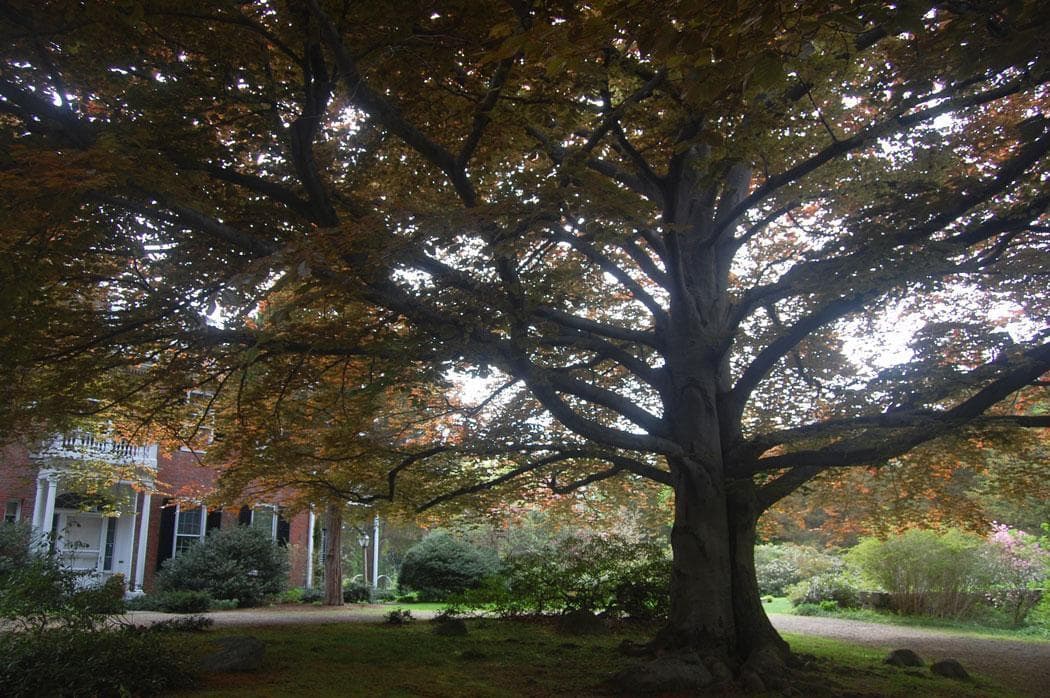
Mrs. Sedgwick surrounded the house with six acres of gardens, including formal, geometric outdoor “rooms.” They mainly occupy the south-facing slope, forming protected pockets, or “micro climates,” Bouchard says, that allow them to grow handkerchief trees, southern magnolias and other plants that aren’t often seen this far north.
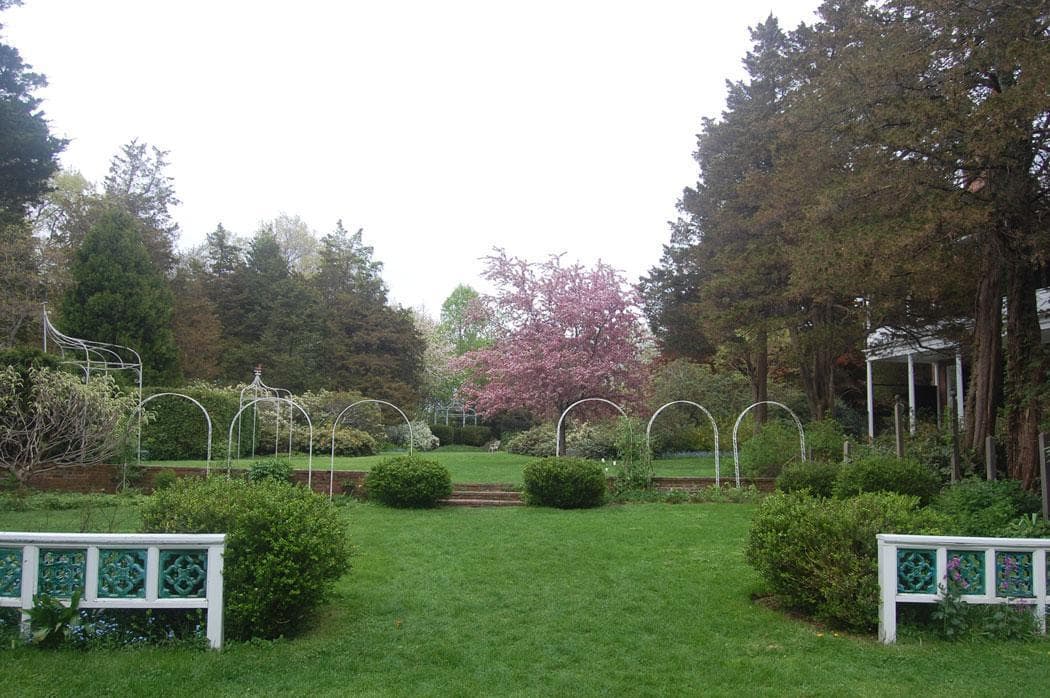
“You take a path and you enter another secret room,” Bouchard says. Weeping hemlock, cherry trees and Japanese tree peonies separate one view of the next. So you discover a Chinese pagoda, a rose arbor, a cutting garden bursting with tulips, small pools stocked with lotuses, frogs and fish. “The garden actually blends right into the forest. There are very few walls. It almost looks like no one takes care of it. People can’t even tell what we do.” The gardeners avoid the use of mulch to enhance this feeling.
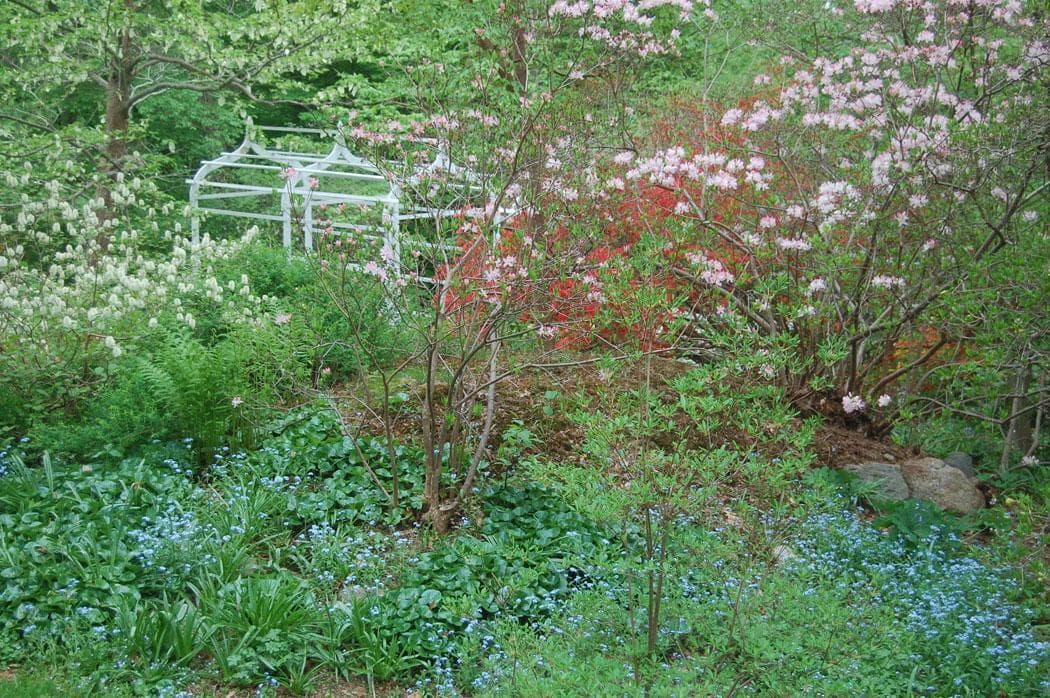
Mr. Sedgwick was editor and publisher of Atlantic Monthly magazine and invited out members of his literary circle, including the poet Robert Frost. The Sedgwicks grew vegetables and raised horses, cows and chickens. At the front of the property, the trustees continue to raise chickens and offer a children’s garden where kids can dig. The variety of plantings, but small footprint of the gardens make it a fun, manageable place for children to explore.
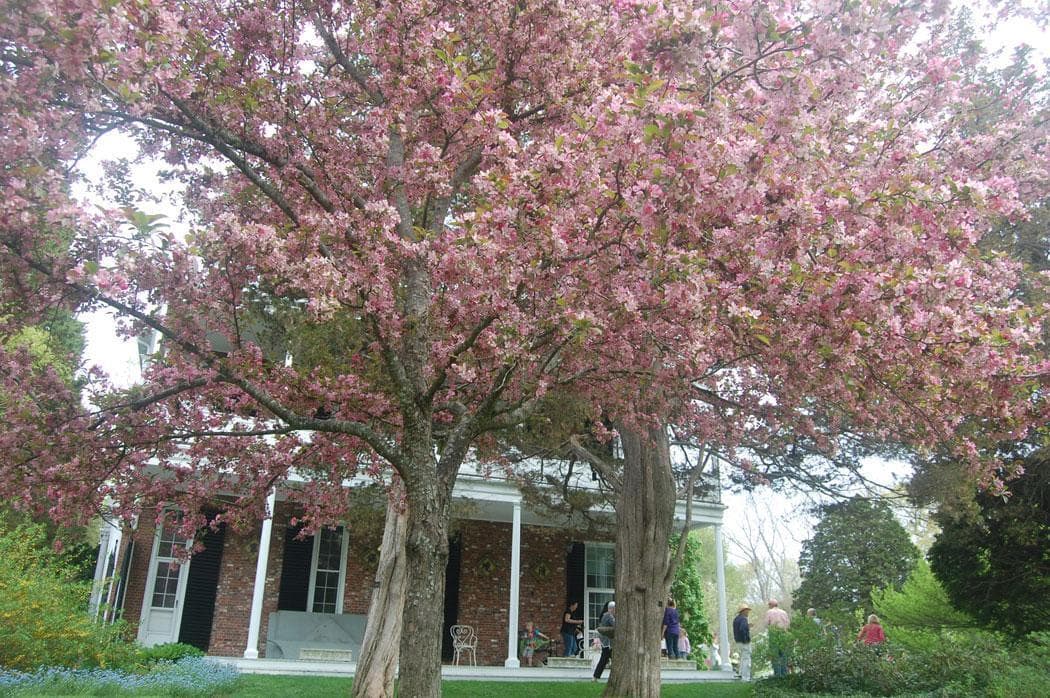
Two years after Mrs. Sedgwick died in 1937, Mr. Sedgwick remarried, to Marjorie Russell, a gardener and propagator of rare plants, who continued to introduce new plants to the property—in collaboration with the folks at the Arnold Arboretum in Boston. In 1979, when the second Mrs. Sedgwick died (Mr. Sedgwick passed in 1960), the Sedgwick children donated the property to the trustees, which opened it to the public the following year.
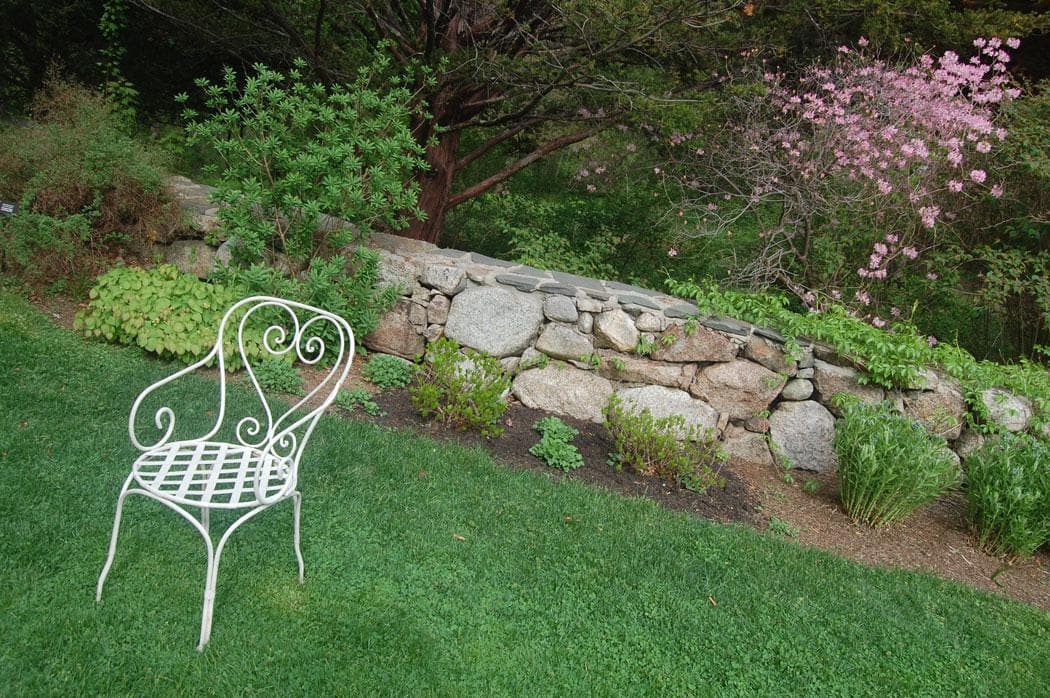
A historic garden is a living thing. “All the garden spaces are the same, but just like in any garden we have storms and things perish,” Bouchard says. “The Sedgwicks were really into new species, introduced from Asia. … We have the freedom to keep the garden fresh and diverse, but we keep the structure all the same as when the Sedgwicks were here. The key hedges and the size of each room are all the same, but the plants keep changing.”
